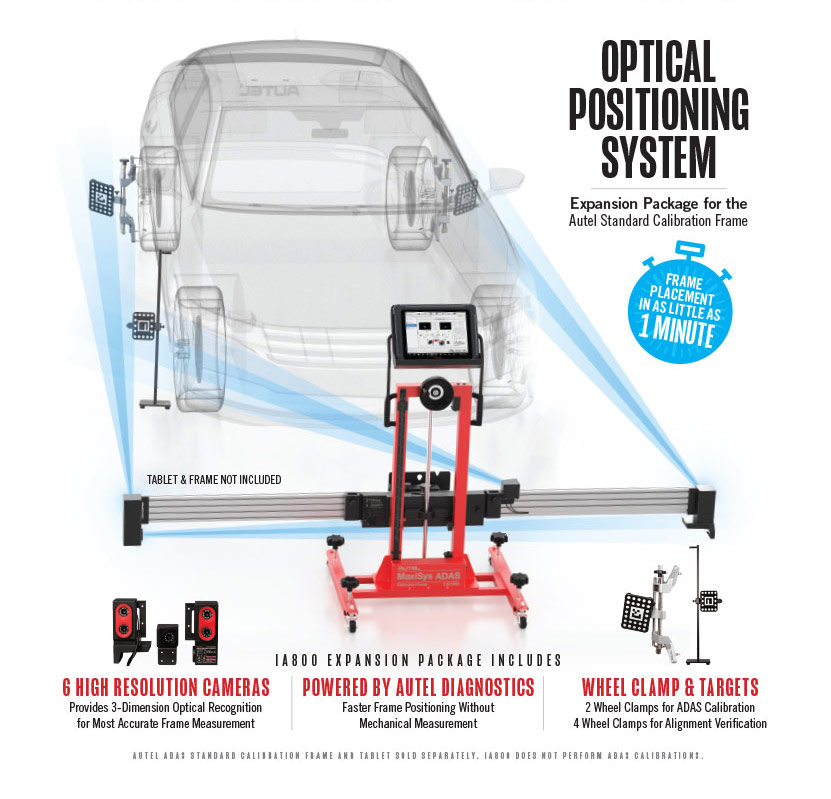
When technicians speak about the calibration of Advanced Driver Assistance Systems, words like accuracy and precision are always used. Because they know just how sensitive the cameras, sensors and components of these systems are and that an improperly aligned component and/or one incorrectly calibrated can have dangerous consequences.
True ADAS calibration professionals realize that every requirement and instruction set forth by the vehicle OE is there for reason and that shortcuts have no business being taken on the shop floor.
Case in point, an examiner for the Insurance Institute for Highway Safety (IIHS) looked at the failure of a Honda Civic’s forward collision autobraking system, which in their test resulted in delayed action and subsequent obstacle collision at 20 mph. The IIHS examiner found that the technician had failed to follow OE procedures including parking the vehicle on level ground, identifying the center of the vehicle and properly measuring distance from target to vehicle. That was never done, “they were just eyeballing it,” the IIHS examiner said.
The IIHS examiner never said why the technician failed to follow the correct procedures—lack of the right tools or equipment, poor training or that he simply found the measuring process time consuming and/or tedious and decided to take a shortcut. And why the excuse is unimportant, it’s true, the setup processes for the ADAS calibrations are time consuming, and tedious.
Calibration systems developers have heard technician’s lament and answered with new systems or adaptions for existing ones that not only drastically cut the setup time but also ensure a more precise positioning of the vehicle. No plumb bobs, no chalk, no measuring tape.
Autel’s IA800 is one such solution and it is the definition of efficiency. Described as an Intelligent ADAS optical positioning system, the IA800, employs six high resolution cameras and ADAS positioning software, to transform Autel’s Standard Calibration frame into a rapid yet precise frame centering and vehicle distancing unit, enabling technicians to accomplish frame to vehicle placement in less than a minute. Compare that with the mechanical tools setup that takes on average 40 minutes.
Wheel clamps with camera targets are attached to the rear wheels and a standing target component is placed in the front of the vehicle by the vehicle badge. The tablet, now placed securing on the frame, is paired with the cameras.
The system recognizes the positioning targets and calculates the current angle, distance and offset position of the frame to the vehicle. The technician simply follows the onscreen instructions to move the frame or adjust the angel of it until the current values match the required values. A green check mark will display for each parameter once the required position
Learn more about the IA800 Intelligent ADAS Optical Positioning System
